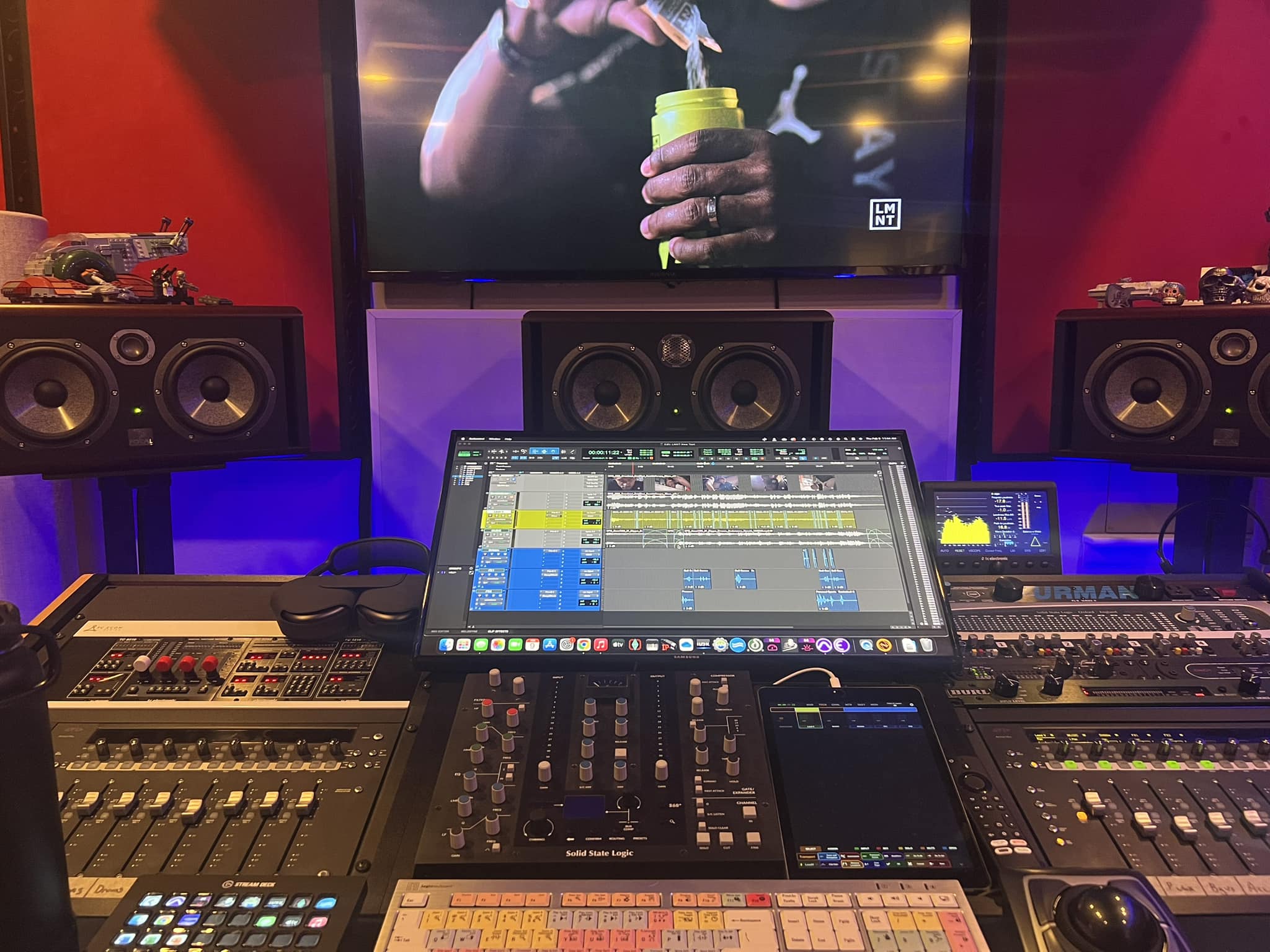
What is Audio Post?
Audio post-production is the process of editing, mixing, and enhancing audio content after it has been recorded. This process typically involves several stages that can include dialogue editing, sound effects design, music composition, and final mixing and mastering.
During audio post-production, the raw audio tracks are edited and assembled to create a coherent and engaging audio experience. Dialogue editing involves cleaning up and enhancing the recorded dialogue, removing unwanted background noise and ensuring that the dialogue is clear and audible.
Sound effects design is another important aspect of audio post-production, which involves creating or selecting sound effects that are appropriate for the visuals in the video or film. This can include everything from simple sound effects like footsteps or door slams to complex effects like explosions or other special effects.
Music composition is another key part of the audio post-production process, which involves creating original music or selecting pre-existing tracks to enhance the overall emotional impact of the content. The music is usually composed and mixed to complement the visuals and dialogue in the video or film.
Finally, the finished audio is mixed and mastered to create a balanced and polished final product. The audio is mixed to ensure that the various elements – dialogue, sound effects, and music – are balanced and complement each other, while mastering involves making final adjustments to the overall sound quality and preparing the audio for distribution.
Overall, audio post-production is a critical part of creating high-quality video and film content. It requires a skilled team of professionals who can bring a creative vision to life while ensuring technical accuracy and quality.

Why Dolby Atmos for Audio Post?
Dolby Atmos is an advanced audio technology that enables a more immersive and realistic audio experience for film, TV, music, and gaming.
Mixing audio for commercial videos involves several steps, including pre-production planning, capturing high-quality audio during the shoot, and post-production audio mixing and mastering. Here’s a broad outline of the steps involved:
- Pre-Production Planning: Start by reviewing the client’s brief and discussing their requirements and preferences for audio. Determine what type of music, sound effects, and voiceover will be needed for the project. Make a detailed list of all the audio elements required.
- Capturing Audio: During the video shoot, use high-quality microphones and recording equipment to capture clear and consistent audio. This will help to ensure that the audio is of a high standard and will save time during the post-production process.
- Importing Audio: Import all of the audio files into your digital audio workstation (DAW). Organize the files according to the scene and ensure that all of the files are labeled correctly.
- Dialogue Editing: Edit the dialogue tracks to ensure that they are free from background noise, pops, and clicks. Adjust the levels of each track to ensure that the dialogue is clear and audible.
- Sound Effects: Add sound effects to enhance the video and create a more immersive experience. These may include ambient sounds, Foley effects, or other sound effects that are specific to the scene.
- Music: Choose music that fits the mood and tone of the video. The music should complement the visuals and help to convey the intended message.
- Mixing: Mix all of the audio elements together to create a balanced and cohesive soundtrack. Adjust the levels, EQ, and panning of each element to create a dynamic and engaging mix.
- Mastering: Master the final mix to ensure that it sounds great on all types of playback devices. This involves applying compression, EQ, and other processing to ensure that the audio is consistent and polished.
- Final Delivery: Once the audio mix is complete, export it to the desired format and deliver it to the client. Ensure that the audio meets the client’s specifications and that it is ready for use in the final video.”Get ready to be swept off your feet, because Dolby Atmos is here to stay and take you on a 3D audio journey like never before!”